The Decade in Pictures: Favourites from 2010 - 2019
Welcome to my tribute for the decade 2010 — 2019. If you're stuck indoors for the foreseeable future, I hope my photos give you a window on the better times, when things we once took for granted weren't fraught with danger. I can't include every photograph, but if there's any images you feel I have omitted, there's plenty more over on my Flickr page.
2010 - Friston Forest, Seven Sisters, Chattri in Snow, Christmas in Brighton, Frank and Magnus Agugu.
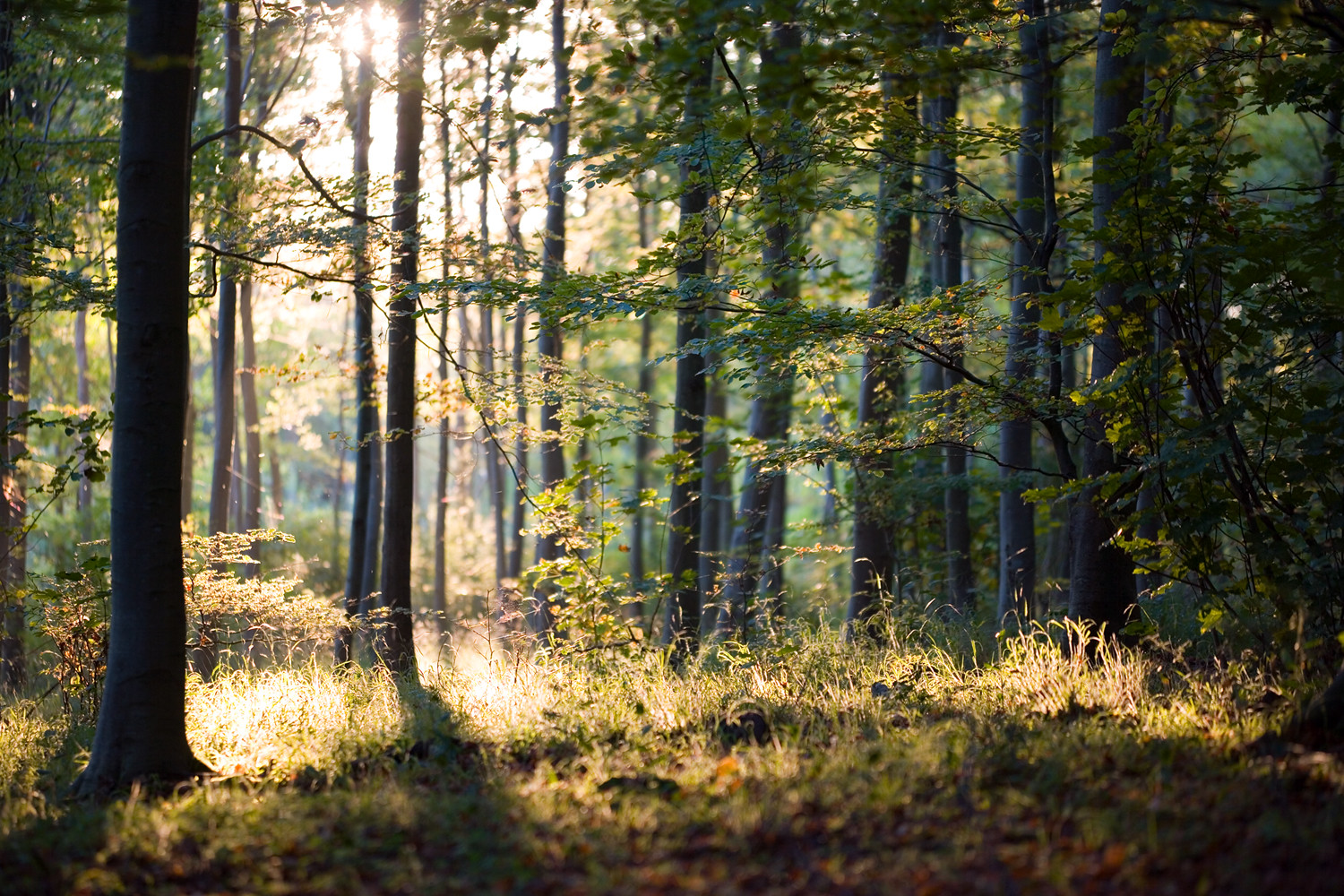


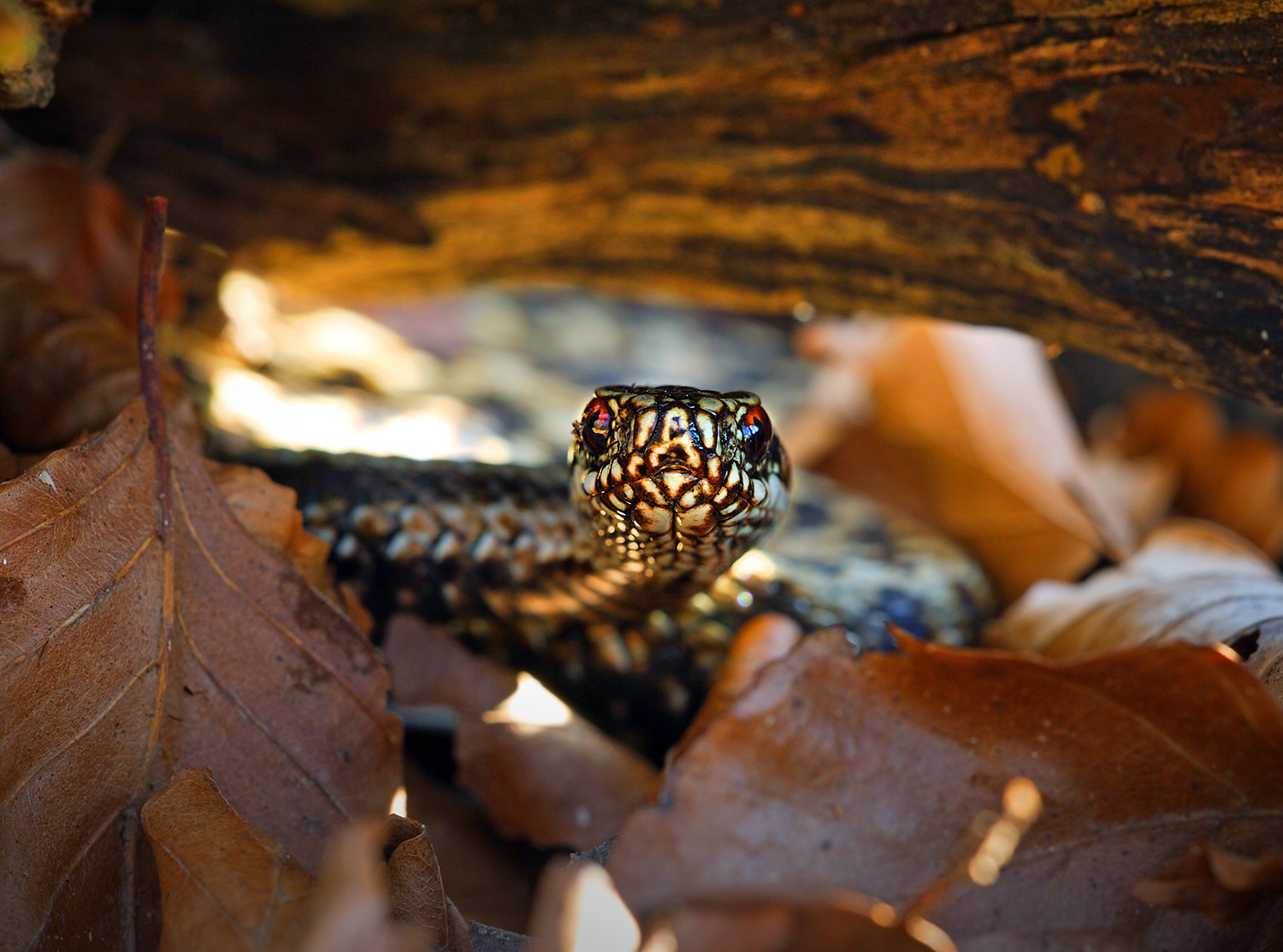
2012 - Stanmer Down, Roe Deer in Poppies, Hove Beach, Brighton Starlings and the Moon Crescent.

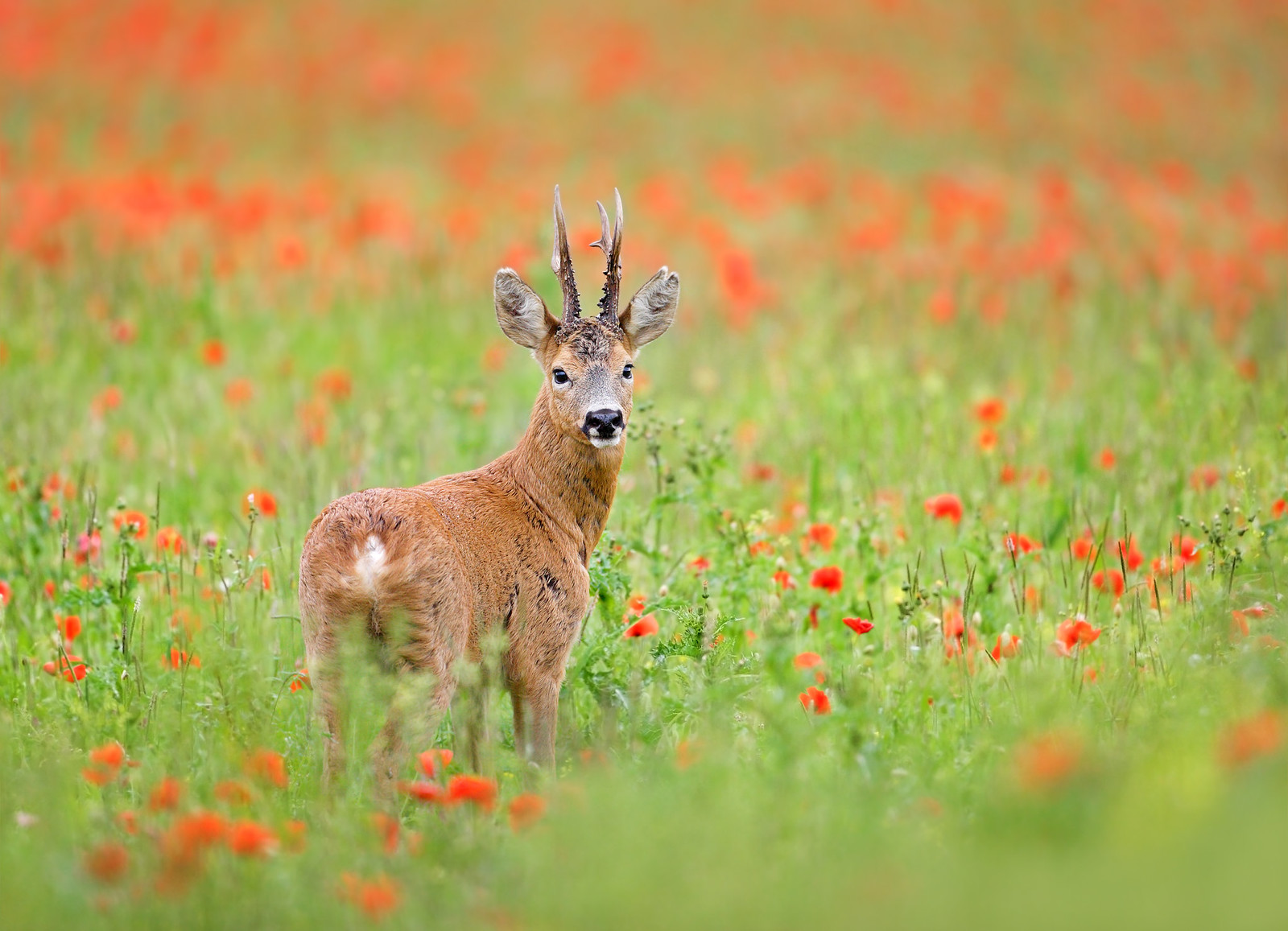

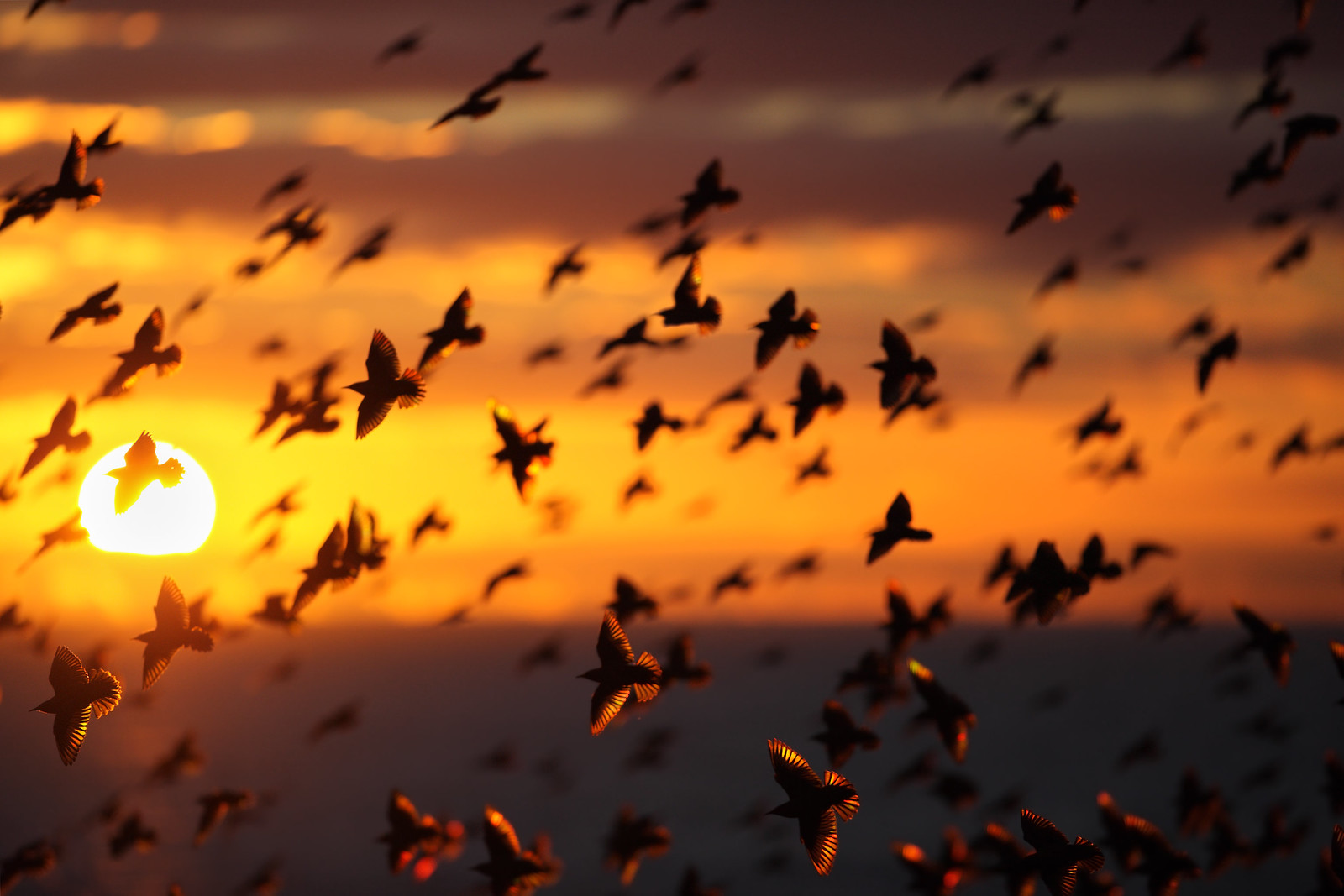


2013 - Uncoiling Ferns, Falmer Poppies, Roe Deer in Buttercups and Large White Butterfly.




2014 - Beachy Head, Starlings and West Pier, Guillemot Rescue, South Downs, Leaping Roe Deer, Fallow Deer and Marbled Whites.


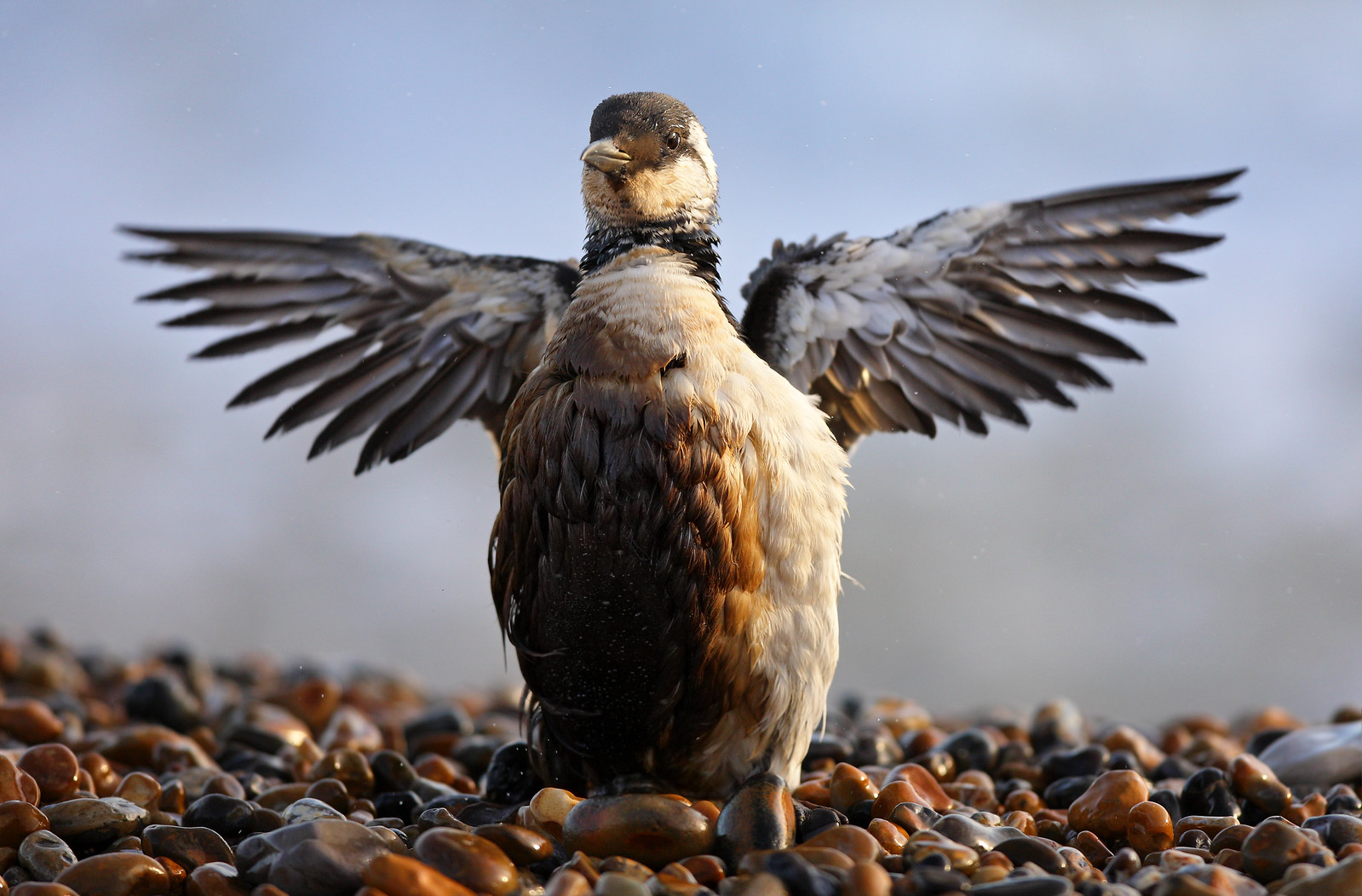


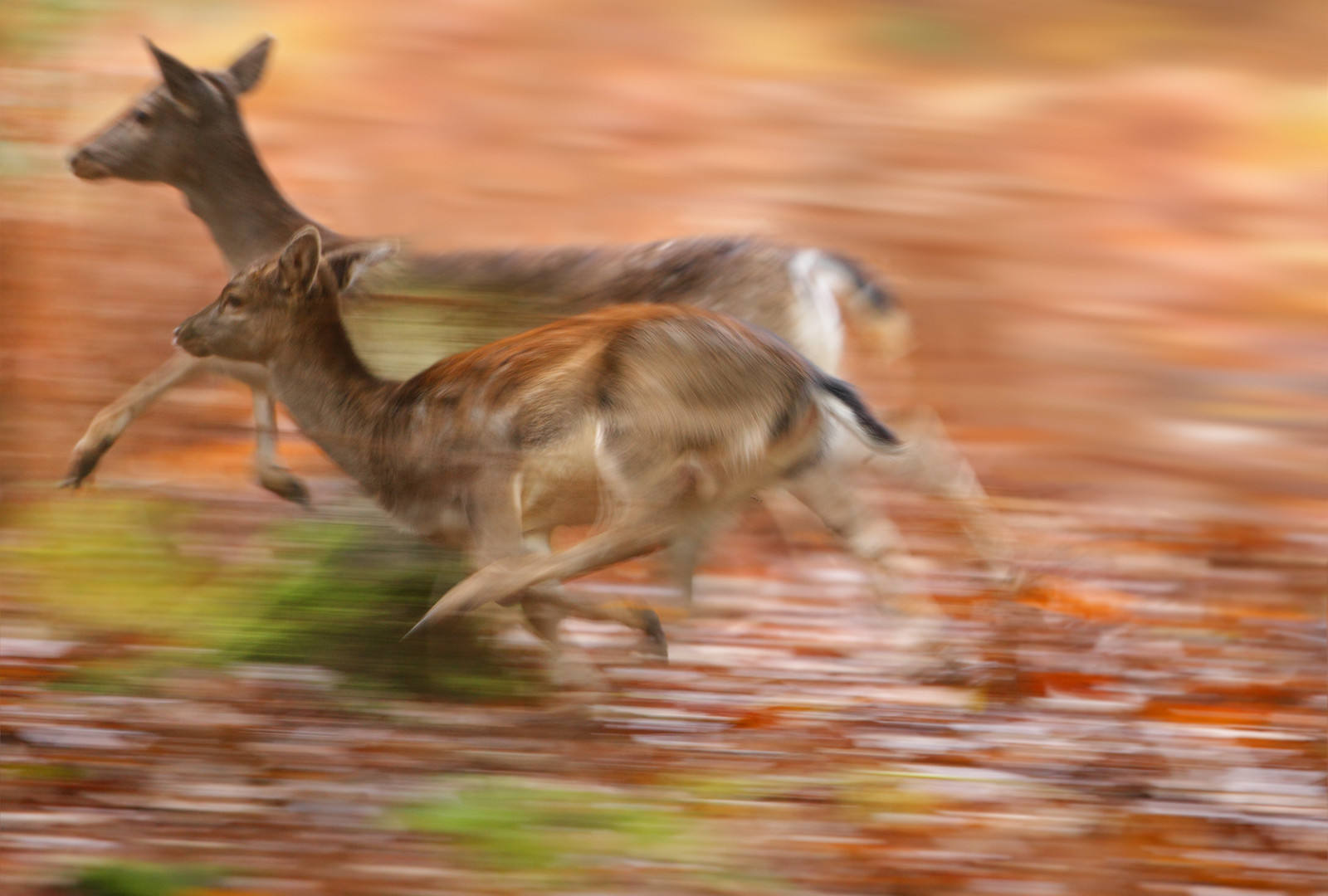

2015 - Roe Deer, Beech Forest, South Downs, High Weald, Autumn Woodland, Brighton Beach and Brighton Starlings.

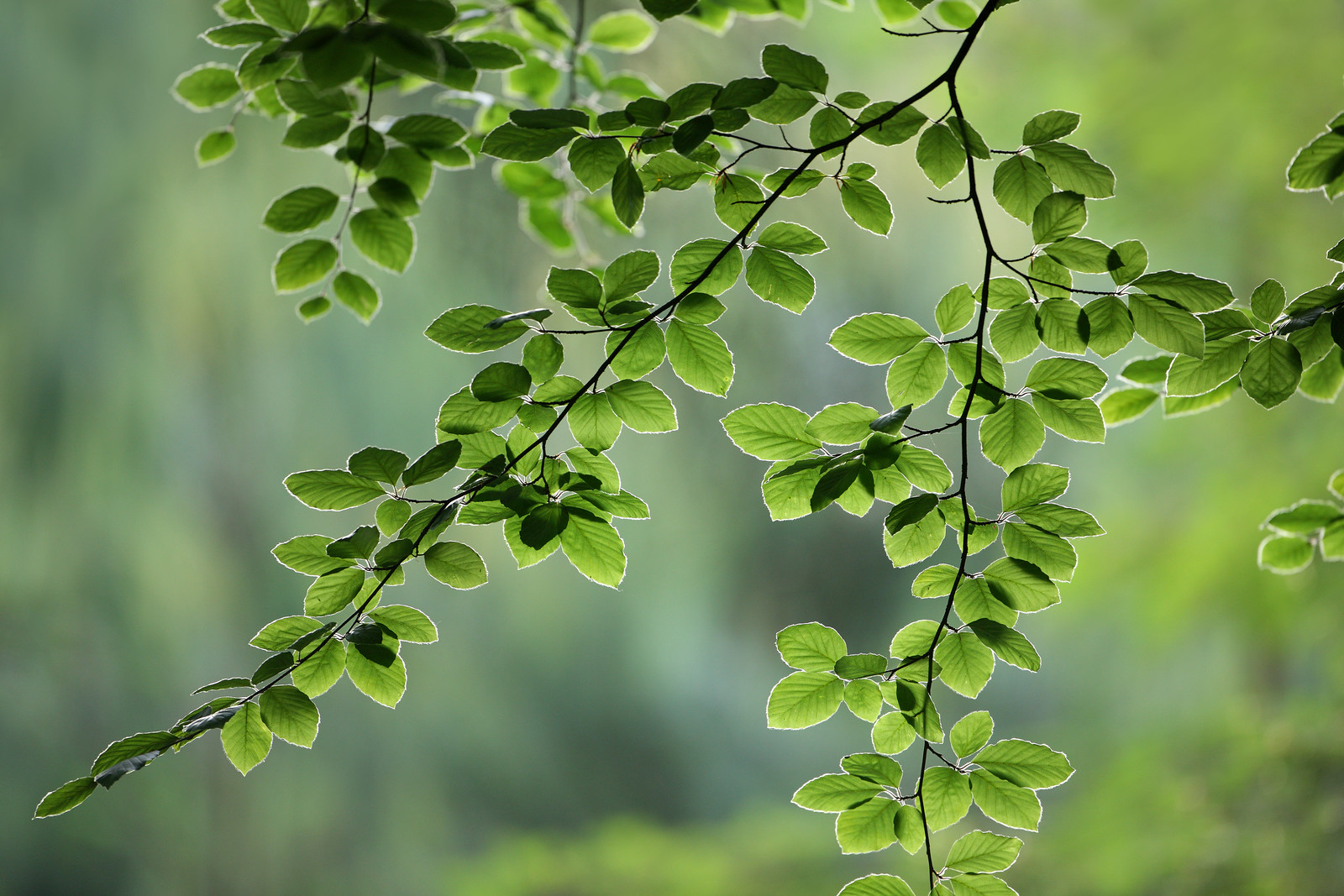
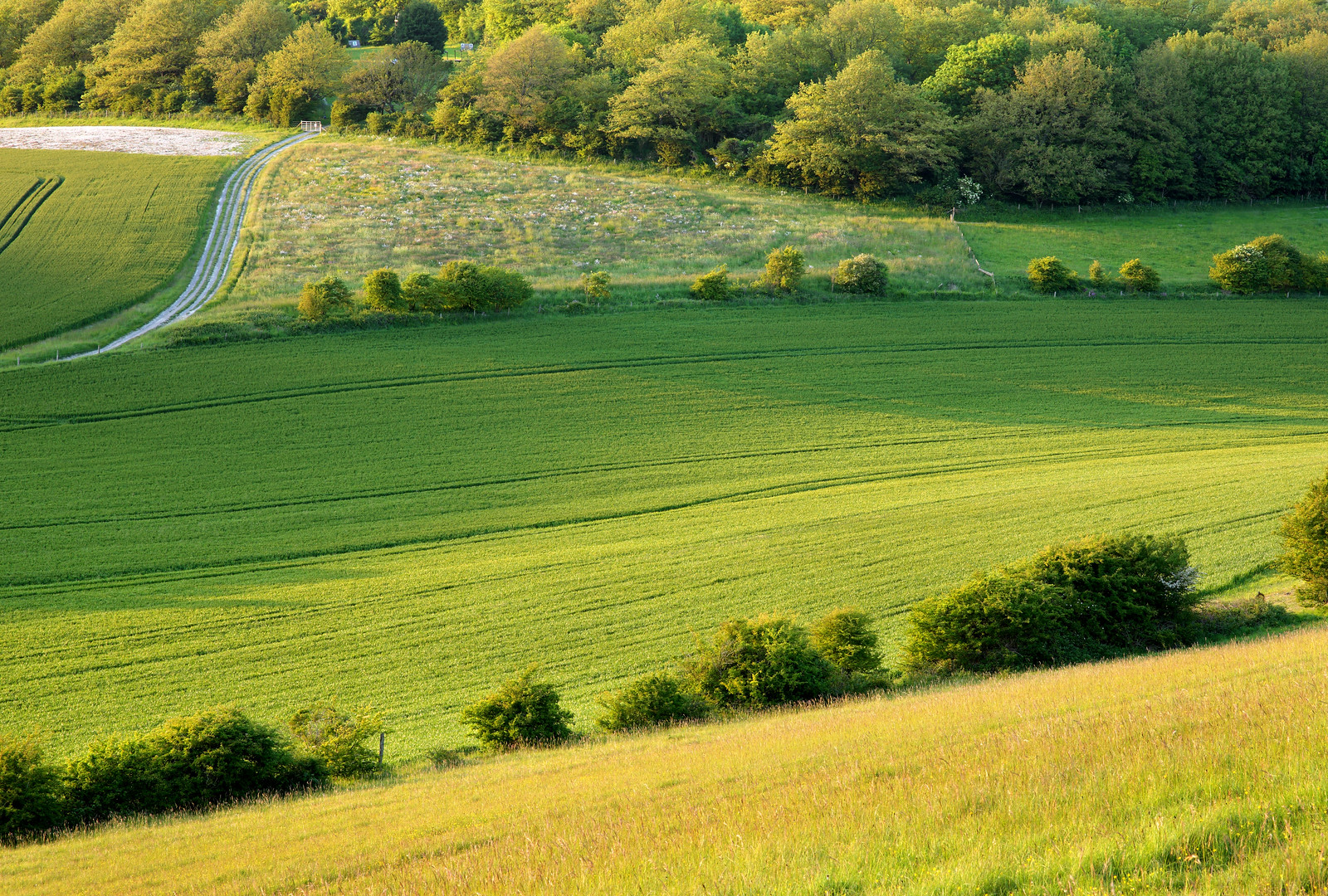
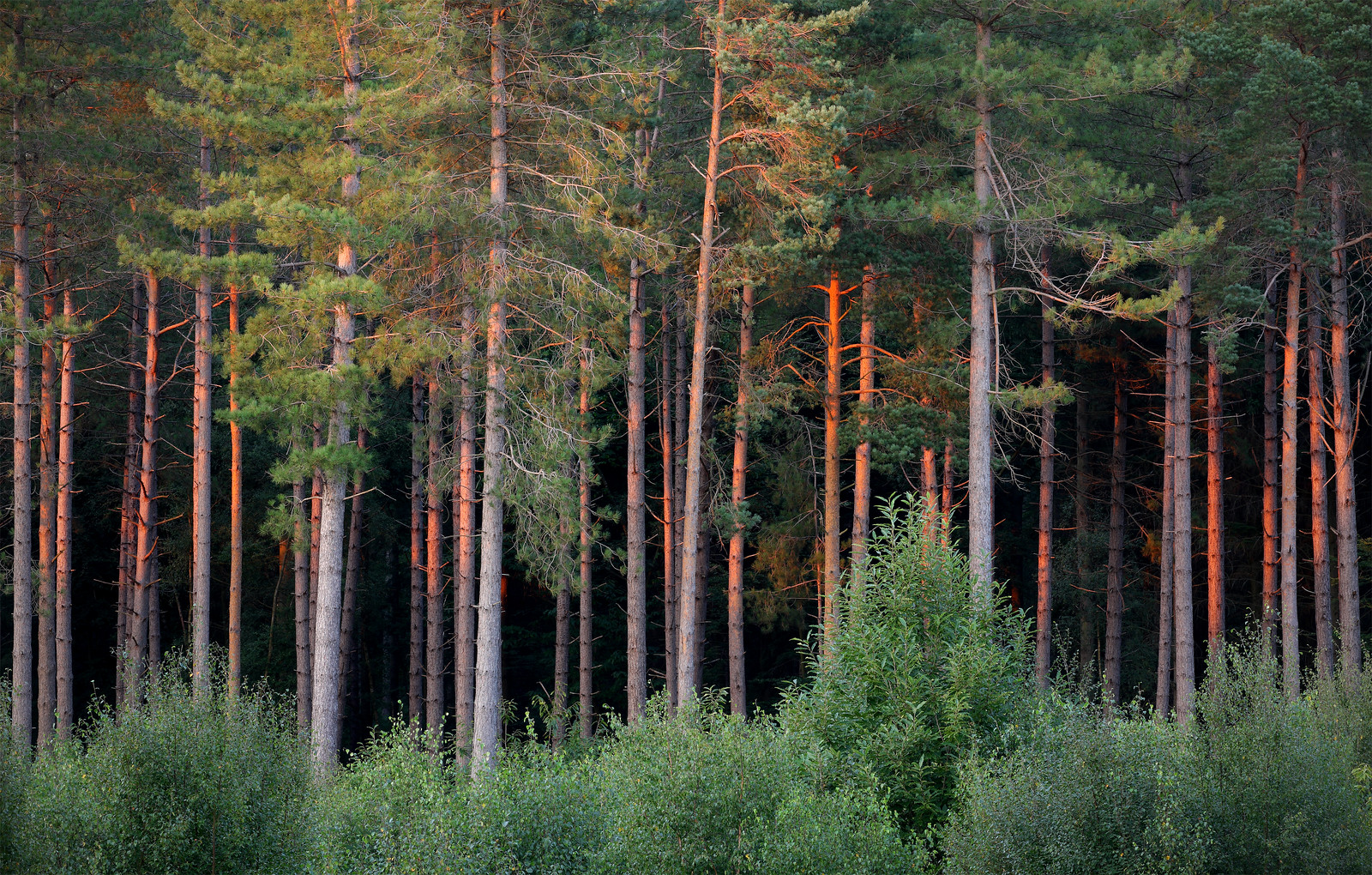
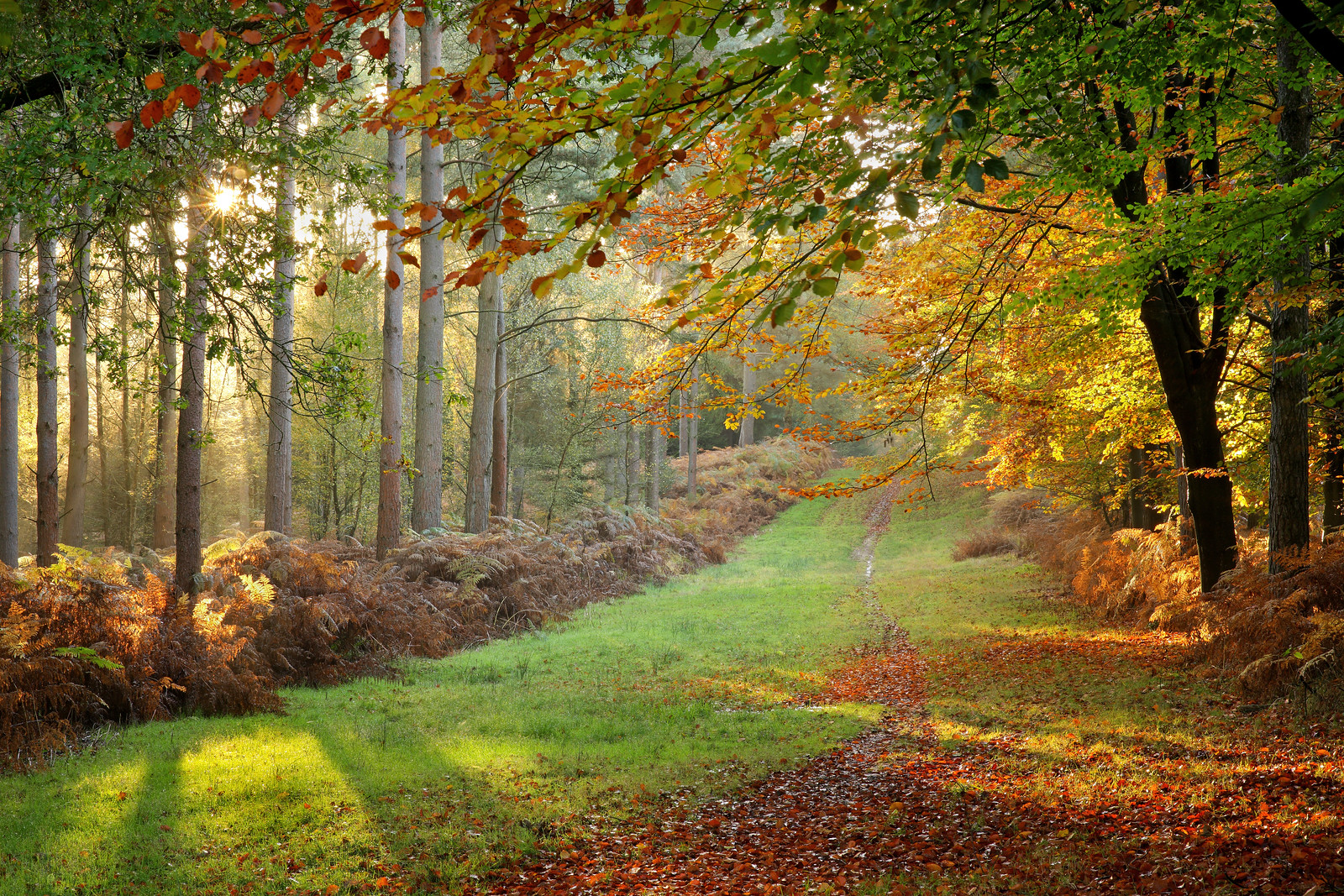
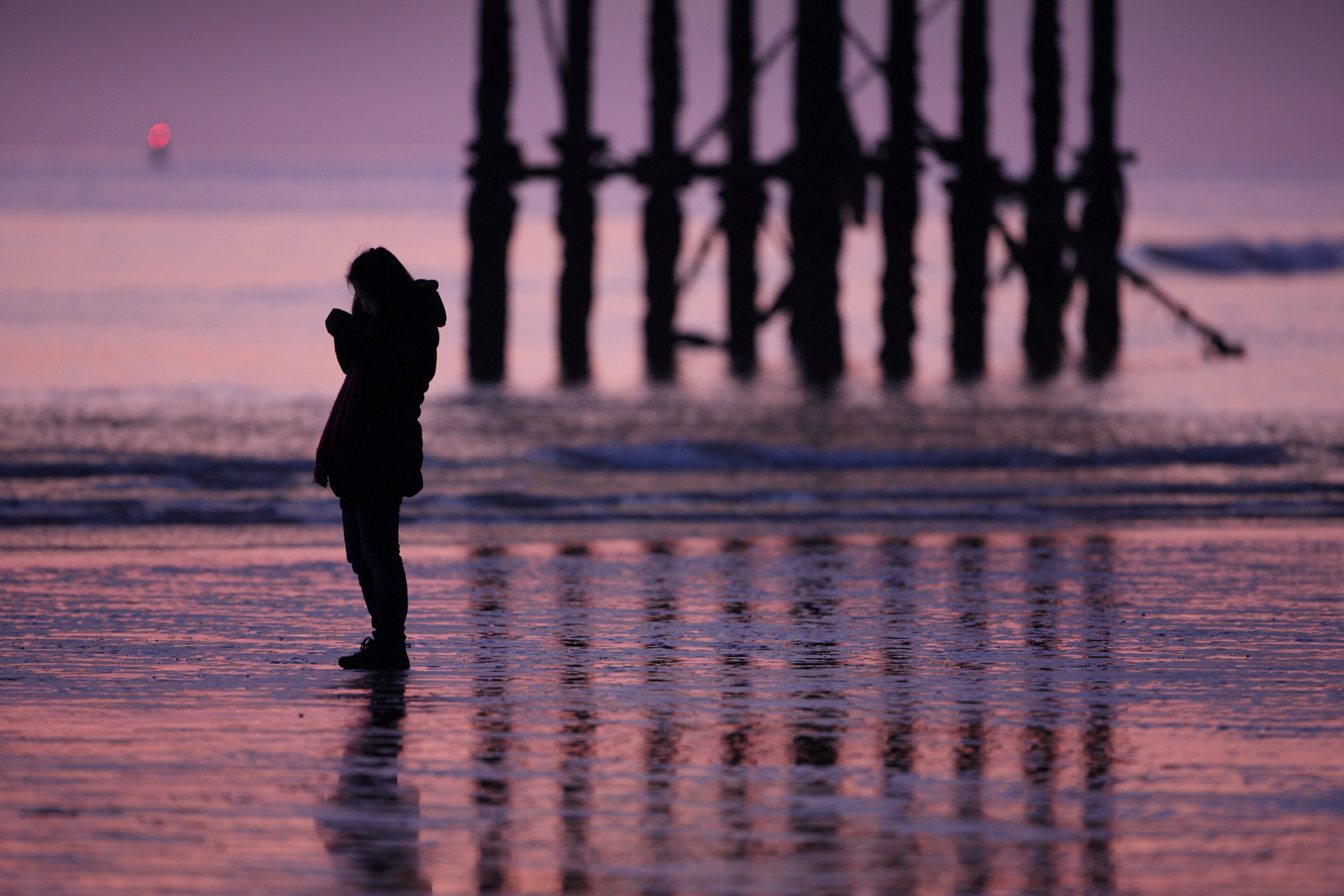


2016 - High Weald, South Downs, West Sussex Bluebells, Abbot's Wood Bluebells, High Weald Forest, Roe Deer and Marbled White.
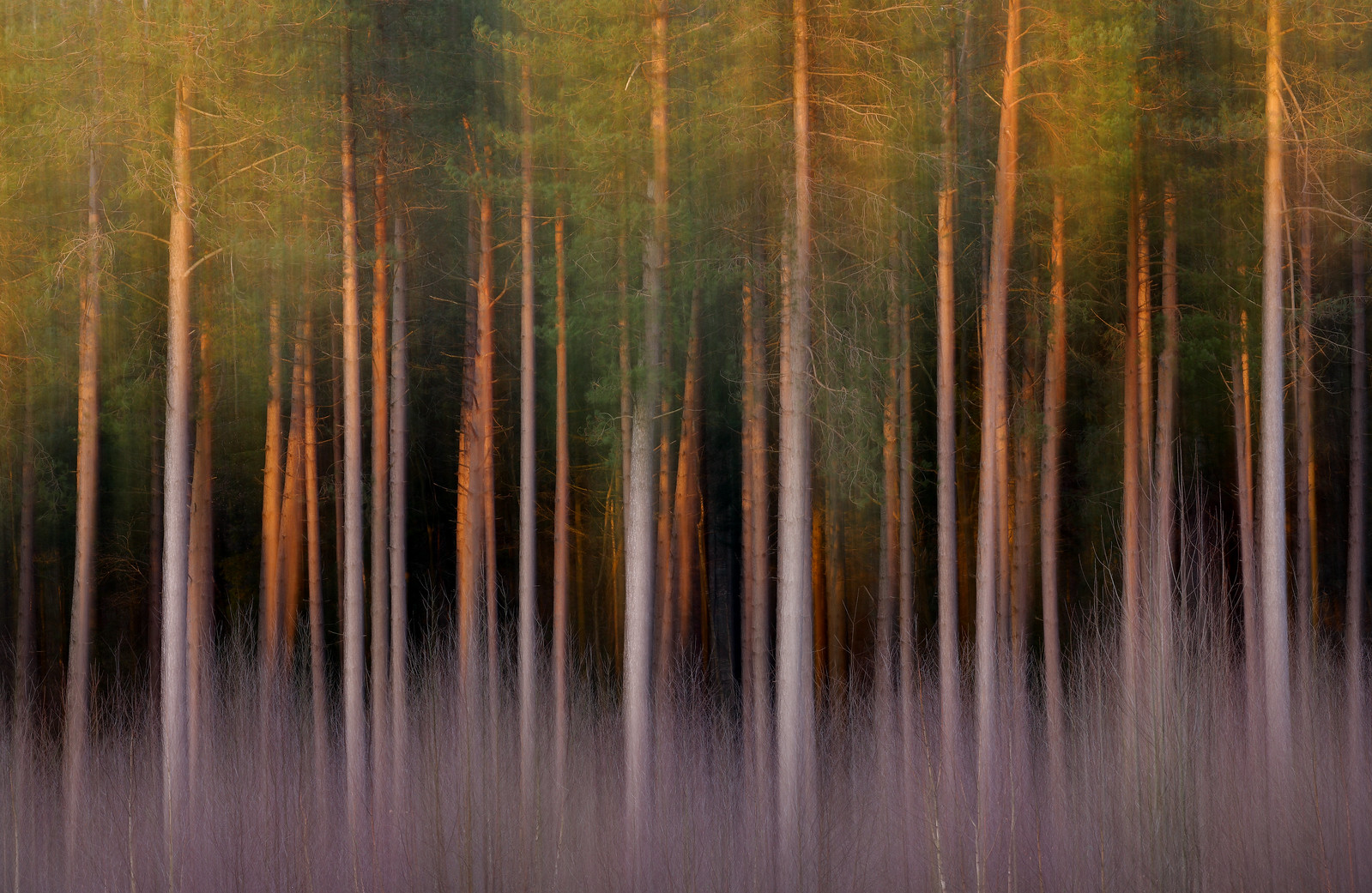

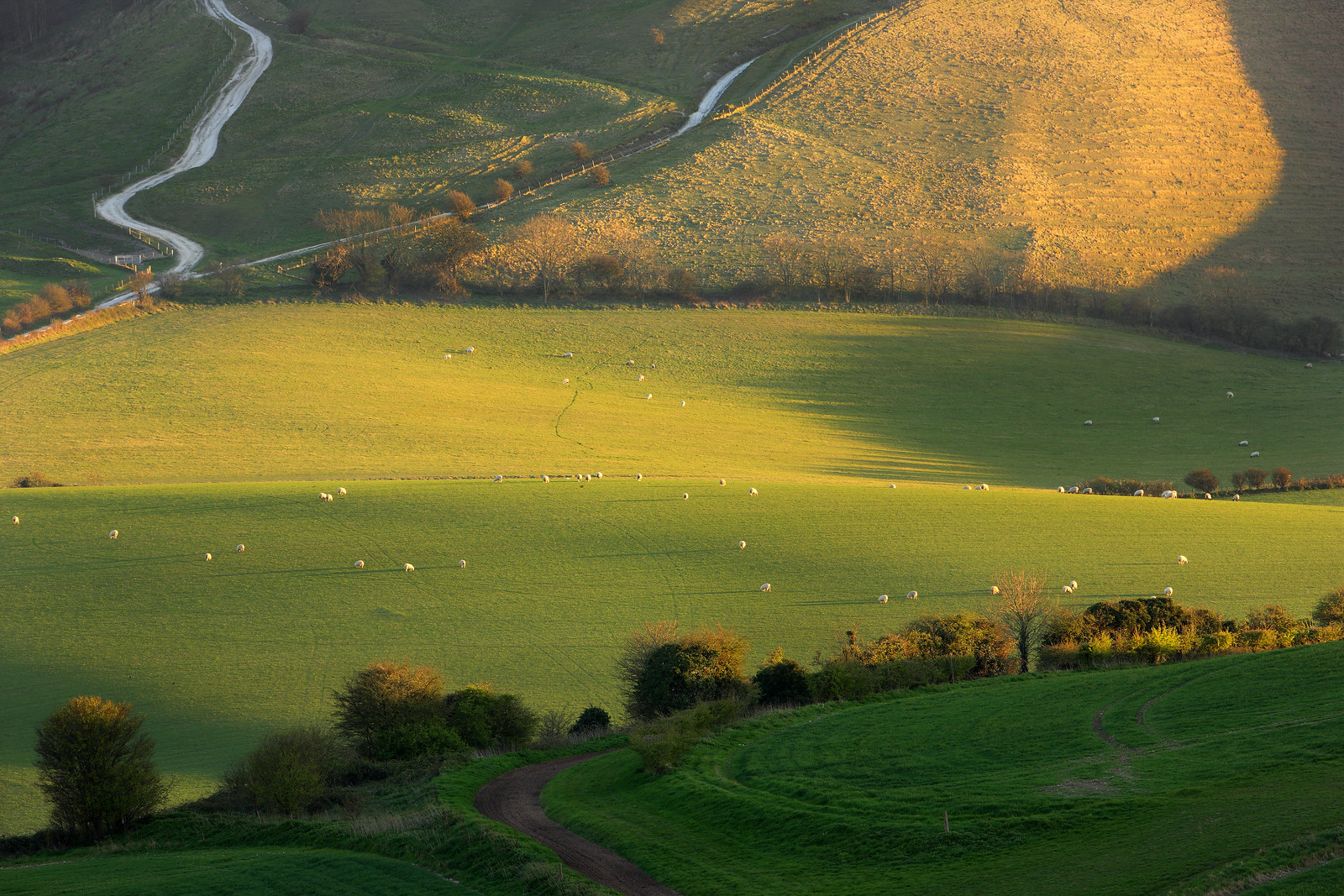



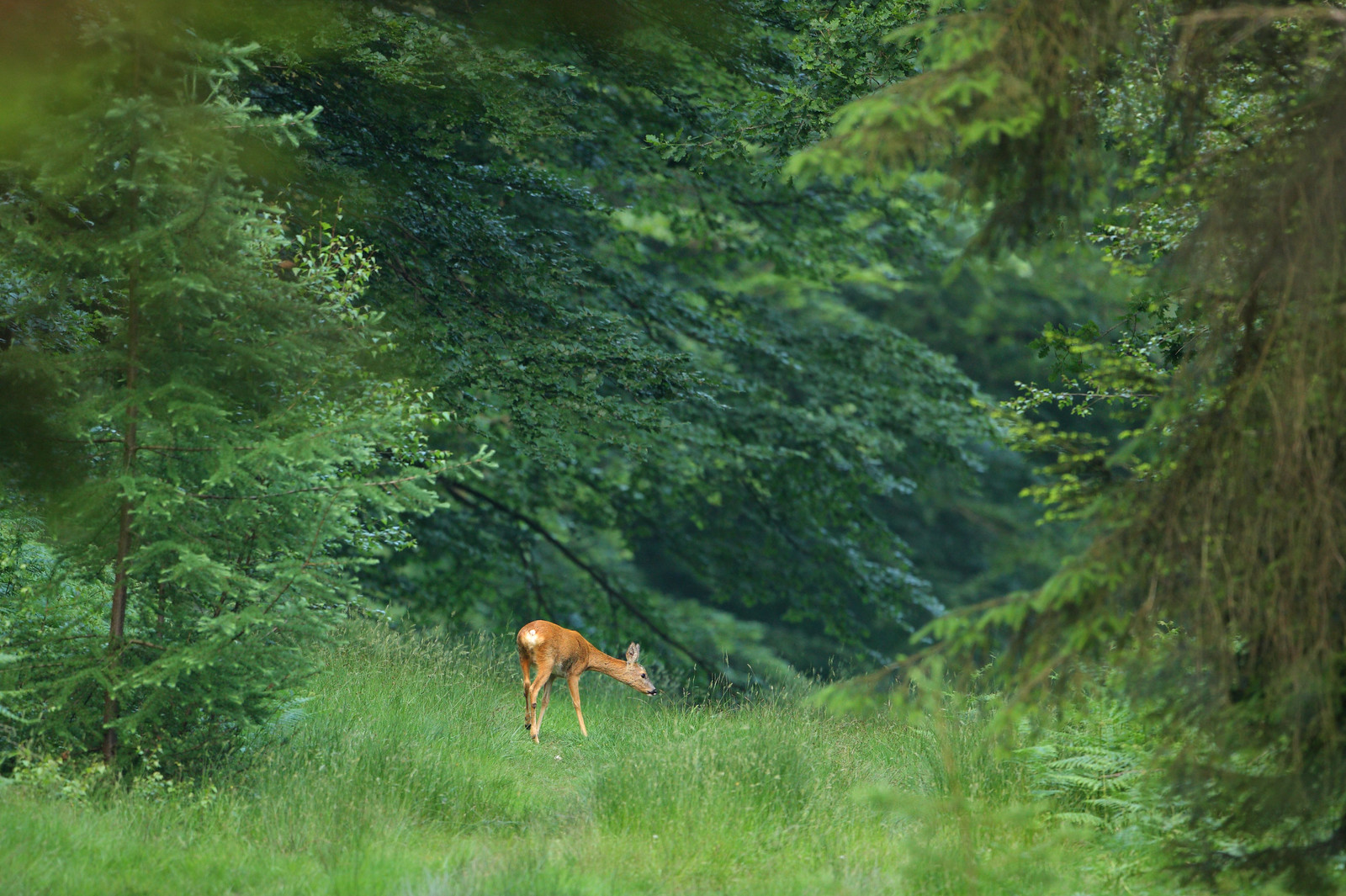

2017 - Valle de Tena, Spain and High Weald in Autumn.


2018 - South Downs Gate, Roe Deer, Common Spotted Orchids, Marbled White, Six-spot Burnet Moths, Fly Agaric and High Weald Rocks.



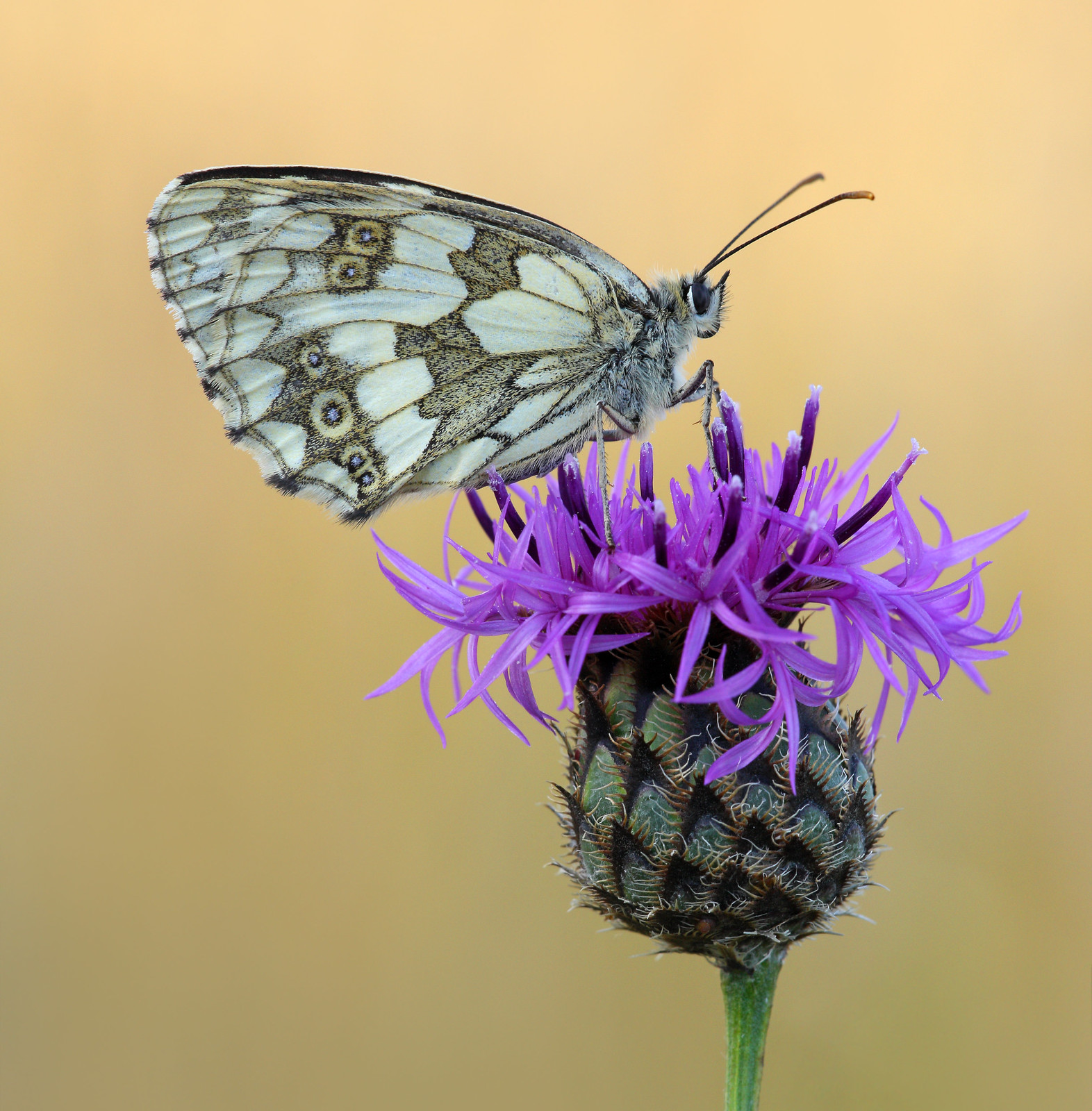

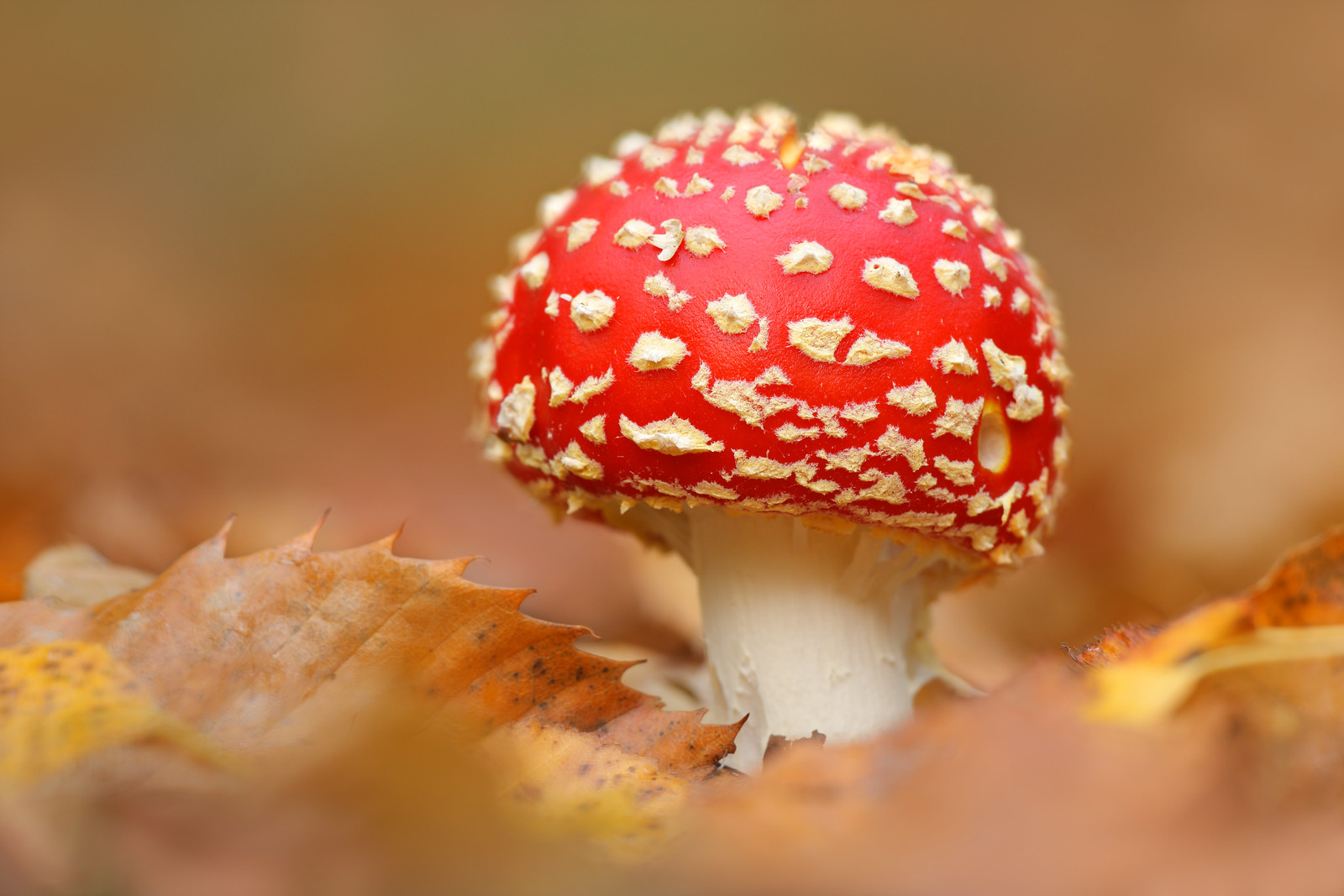
2019 - Roe Deer, Micheldever Bluebells, West Sussex Bluebells, Wild Campion Meadow, Roe Deer Couple, Doe, Chalkhill Blues, Peacock Butterfly and High Weald in Autumn.

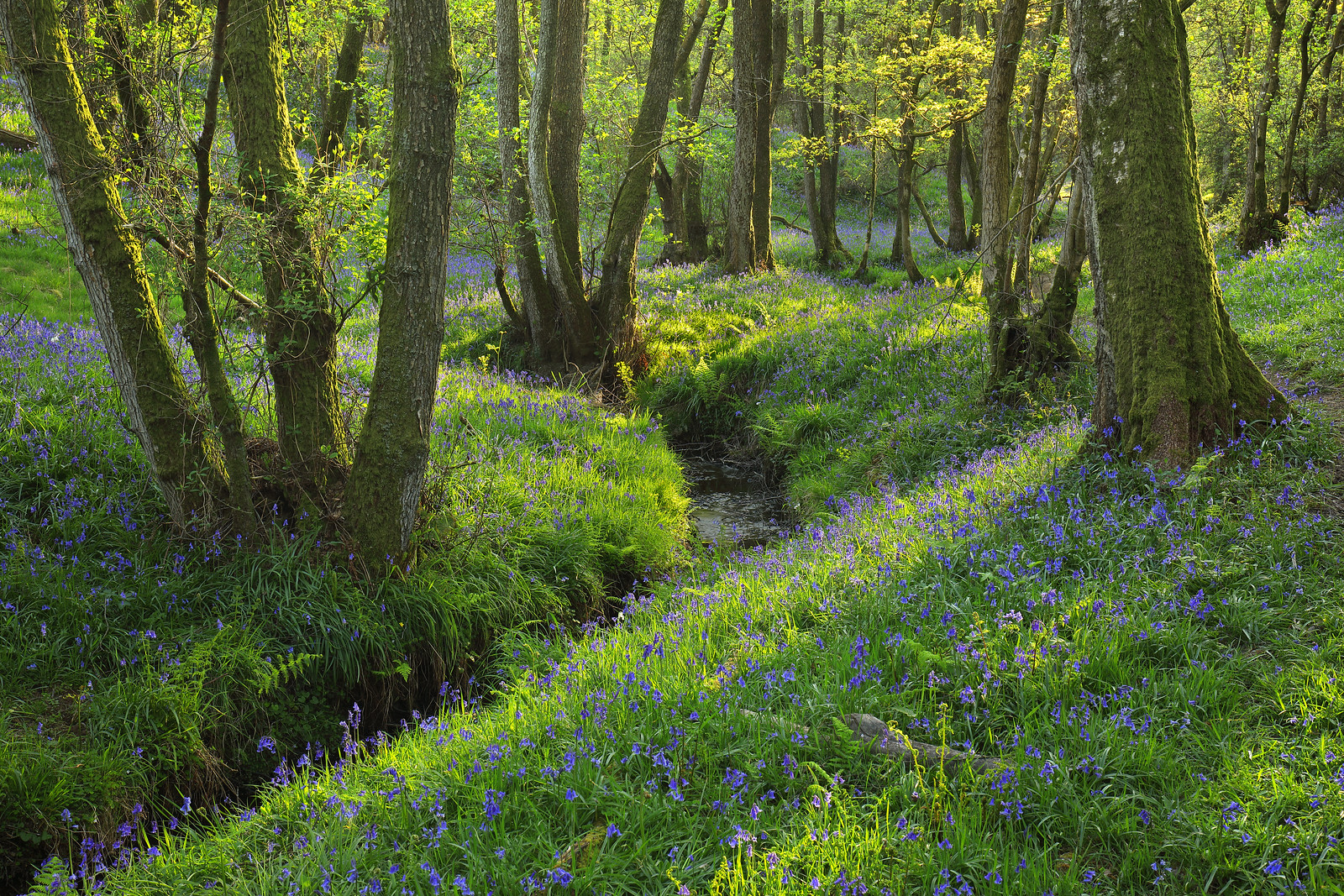

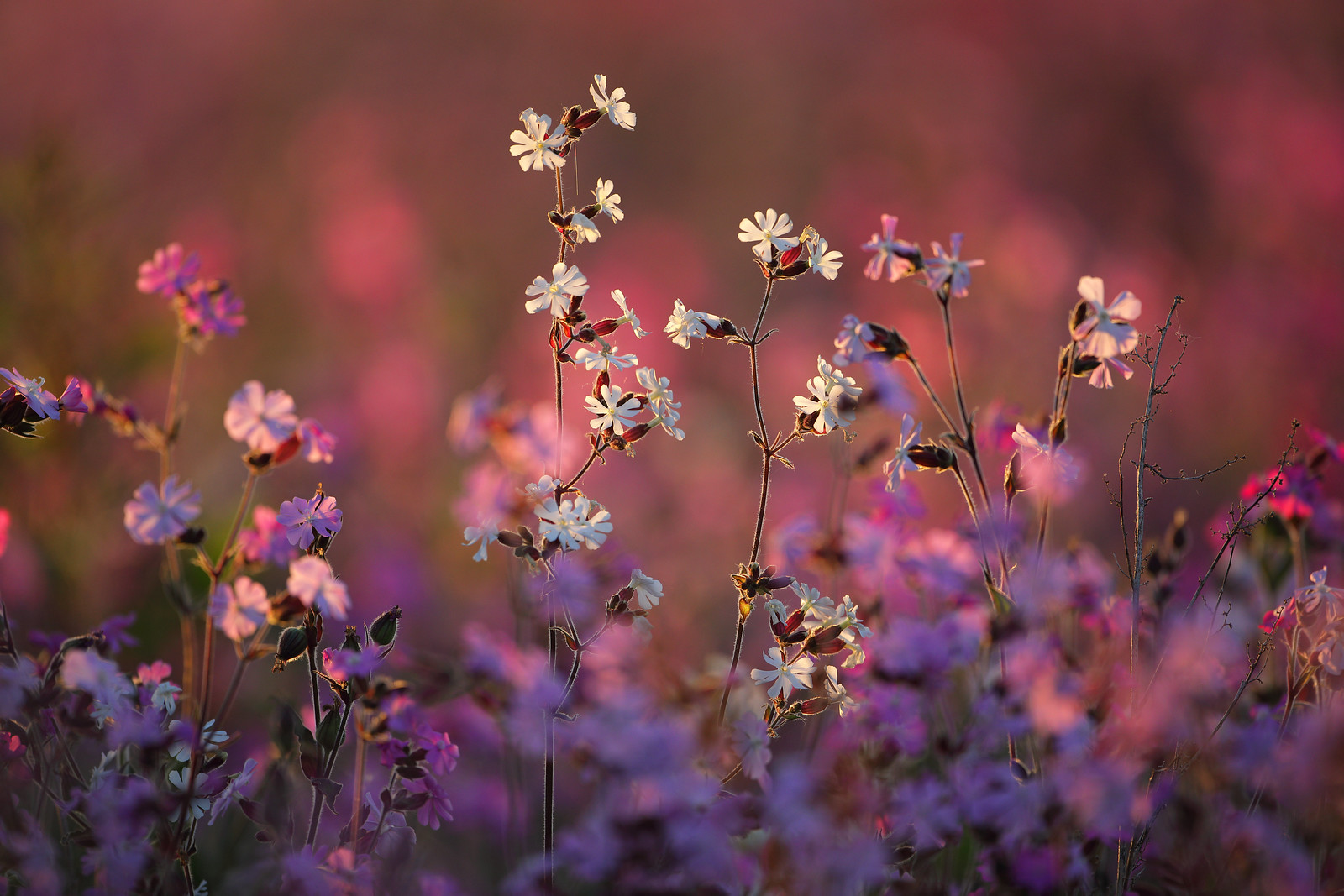

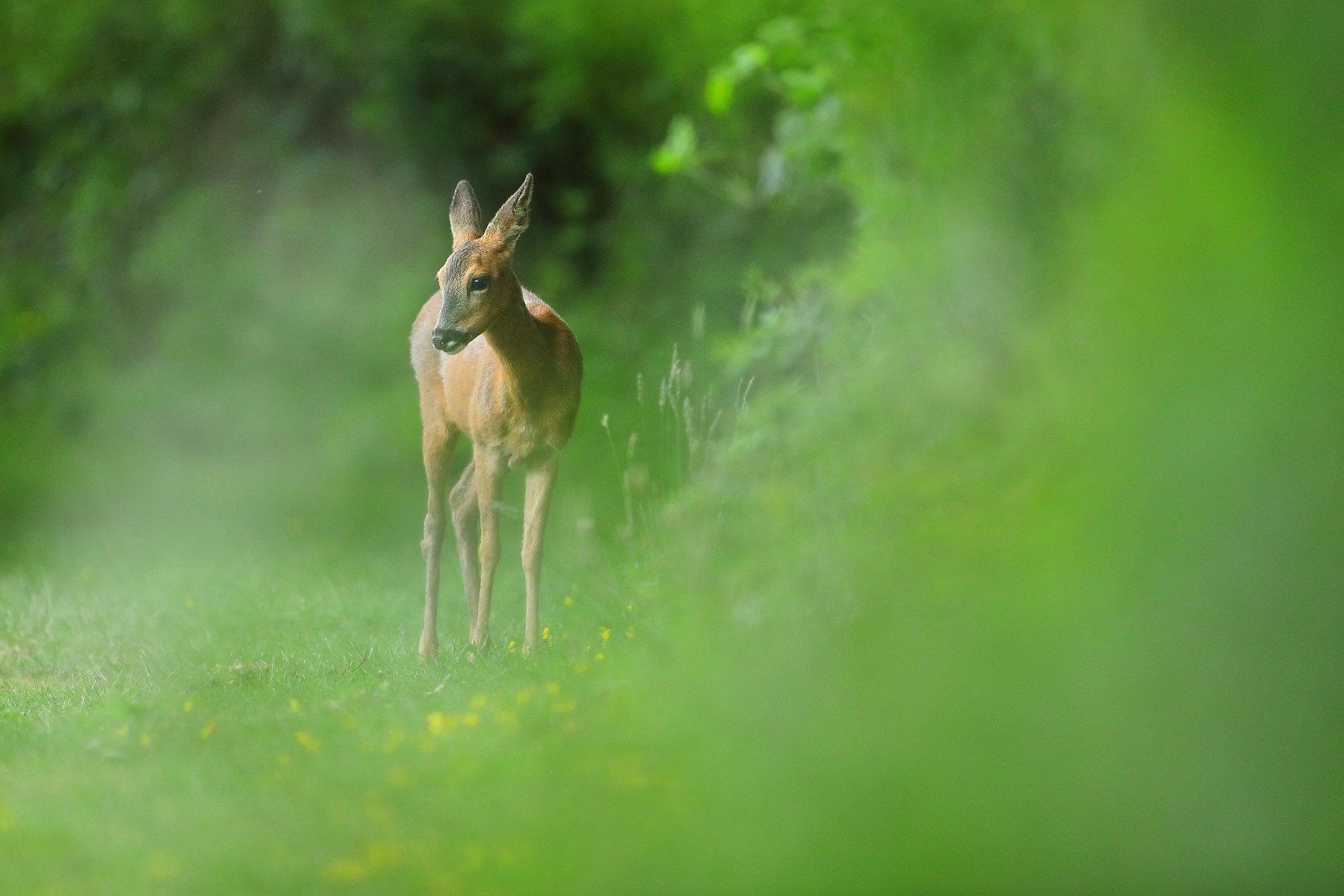
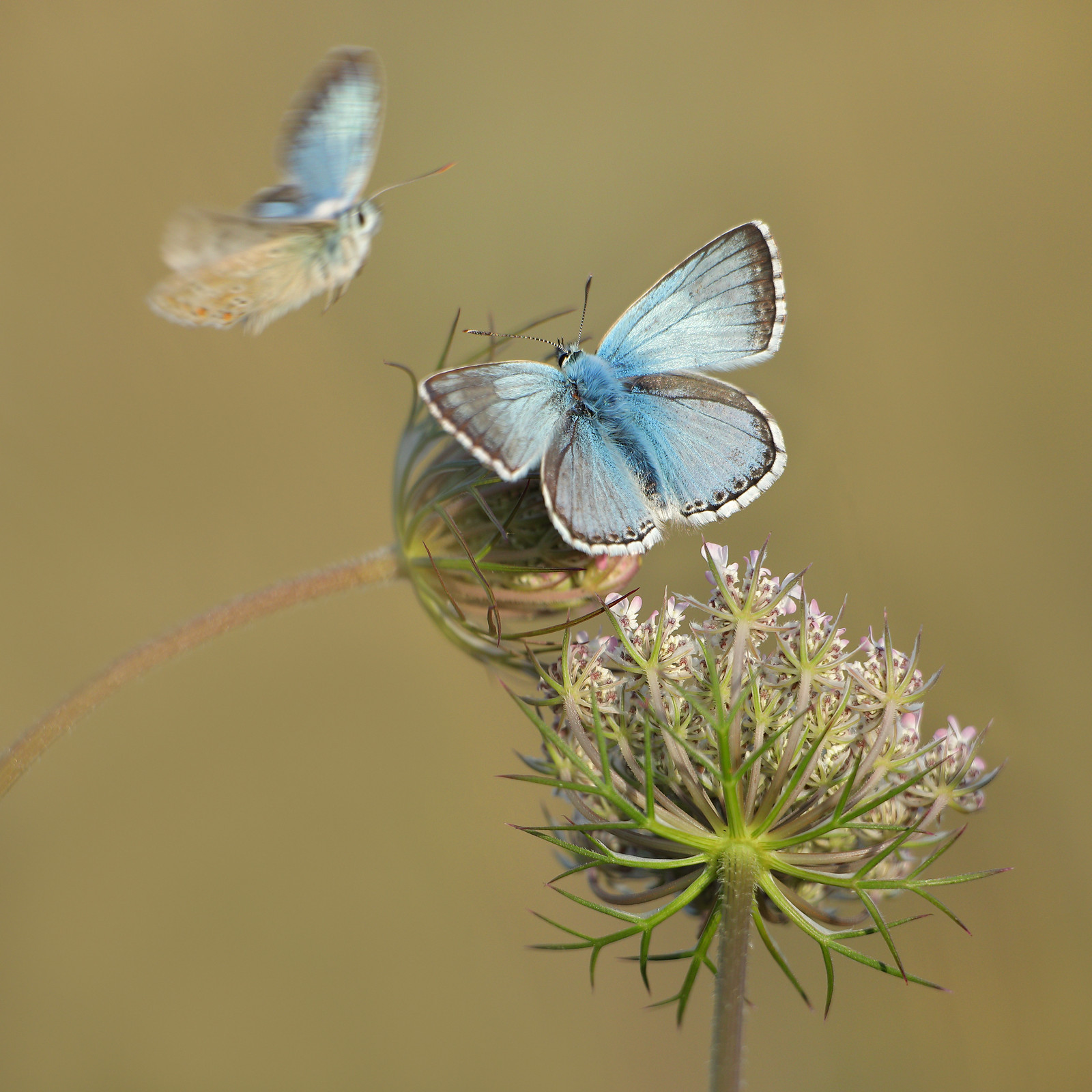



Follow me on Facebook: www.facebook.com/alanmackenziephotography
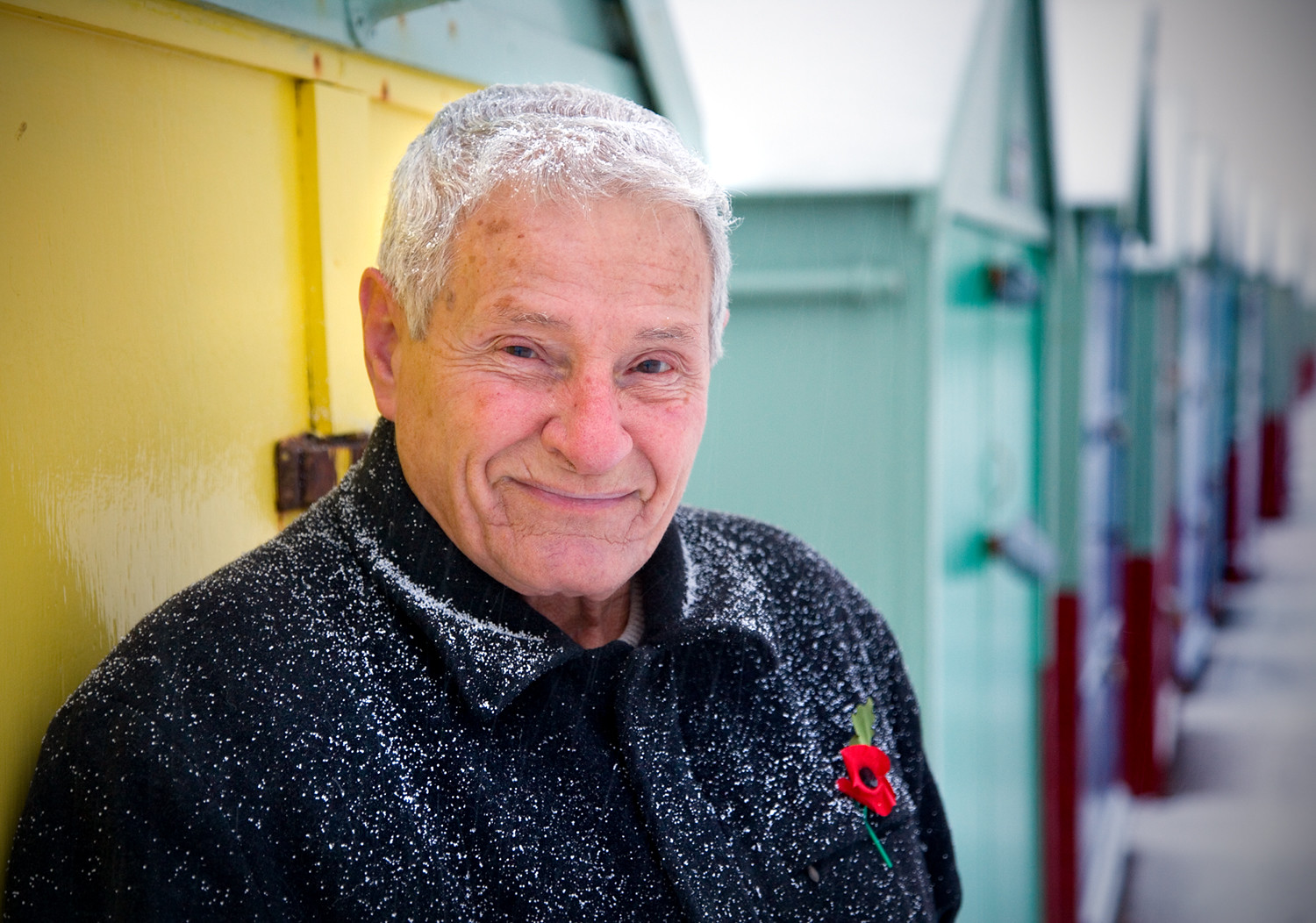





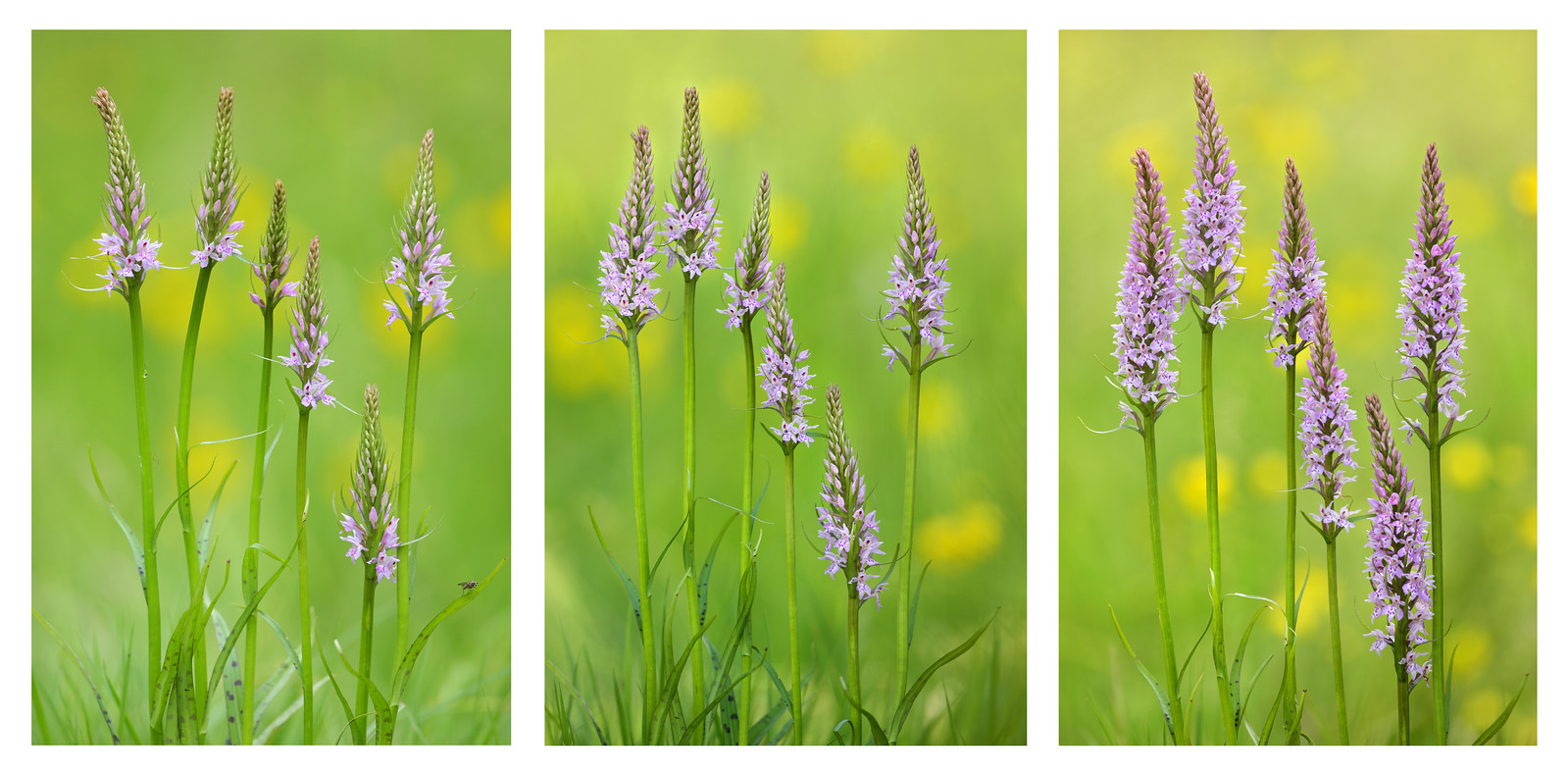

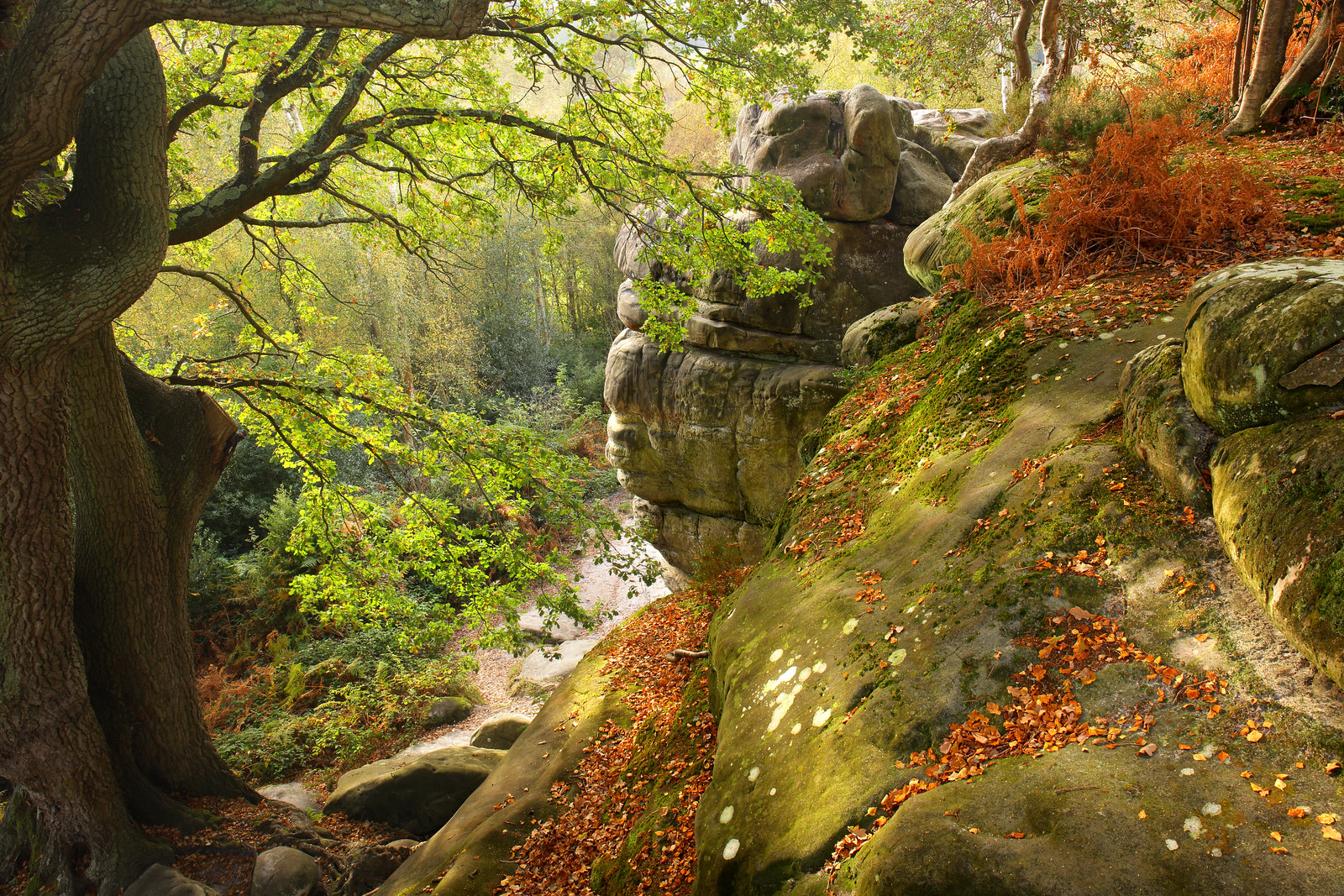

Comments